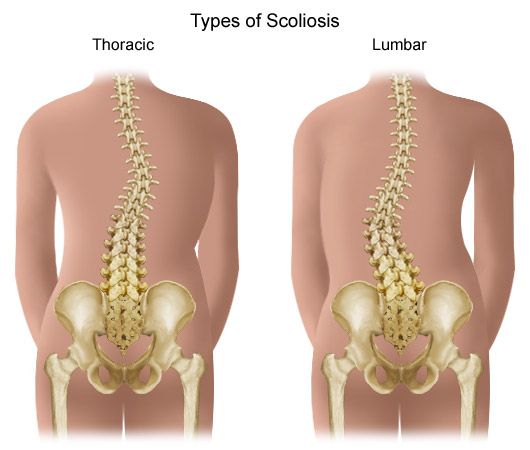On November 22, 2002 Edward Beloyianis, then 14 years old, underwent spinal surgery at Columbia Presbyterian Medical Center intended to correct long-standing severe congenital scoliosis.
He came out of the surgery paralyzed from the waist down.
In his ensuing medical malpractice lawsuit, plaintiff claimed that that the surgeon and hospital should have sent Edward for an intra-operative CT scan (that would have shown screws in or abutting the spinal cord canal) and that their failure to do so was a departure from accepted medical malpractice and a substantial factor in causing Edward’s injury. Eight years after the surgery, while the lawsuit was pending, Edward died on October 9, 2010 at the age of 22 years.
Defendants argued that Edward’s injury was an ischemic event due to a loss of blood supply, not any malpractice. Edward had severe congenital scoliosis which the procedure, anterior thoracolumbar fusion from T-9 through L-1, was intended to correct. It was a complicated case that required the placement of screws and rods at several levels. At some time prior to completion of the placement of the screws, a monitor indicated loss of somatic and motor signals that could be an indication of spinal cord injury and possible paralysis.
The jury determined that the defendants committed malpractice regarding the failure to order a CT scan for which the Bronx jury awarded pain and suffering damages in the sum of $40,000,000 (eight years).
The trial judge denied defendants’ post-trial motion to set aside the liability finding but he granted the motion insofar as it sought to decrease the amount of damages. In Beloyianis v. The New York and Presbyterian Hospital (Supreme Court Bronx County 2017), the award for pain and suffering damages was reduced to $9,117,000
The jury also awarded economic damages in the sum of $5,625,000 for monetary losses allegedly suffered by Edward’s parents, mainly for the 20-30 year period they found that his parents reasonably had expected to be financially supported by their son. The trial judge agreed with the defendants that the evidence in no way supported such a large award. Where economic losses are claimed by parents in cases involving young decedents, it’s often impossible to furnish direct evidence of pecuniary injury and some leeway is given to plaintiffs; however, the award cannot be based upon speculation and the parents must establish that they had a reasonable expectation of support. The award for economic damages was reduced by the trial judge to $125,000.
In late 2018, after a motion to renew/reargue the post-trial decision adhered to the jury’s liability verdict and the judge’s damages reduction and before pending appeals were perfected, the case was settled for the sum of $10,900,000.
Here are the injury details:
- permanent paraplegia, wheelchair bound and unable to walk at all
- incontinence requiring constant catheterization
- repeated urinary tract infections
- decubitus ulcers recurring about once a month
- involuntary spasms and spasticity
- chronic nerve pain in legs (despite lack of sensory responses)
- surgical implantation of Baclofen pump system for pain and spasticity
- impending sense of mortality, especially in final two weeks
- death from sepsis after surgery to reposition Baclofen pump

Inside Information:
- This was an emotionally charged case with jury selection taking three months and testimony adduced over a five and a half month period.
- In addition to severe scoliosis, Edward suffered since childhood from a disease known as KTW Syndrome (a rare congenital syndrome of vascular malformations and soft tissue and bone hypertrophy) and had undergone numerous surgeries prior to 11/22/02. He had been, though, an active, athletic child who played golf, paint ball and ice hockey with his friends.
- Edward had learned to cope with his paralysis, driving a car with hand controls and enrolling at college graduating magna cum laude (degree awarded posthumously).
